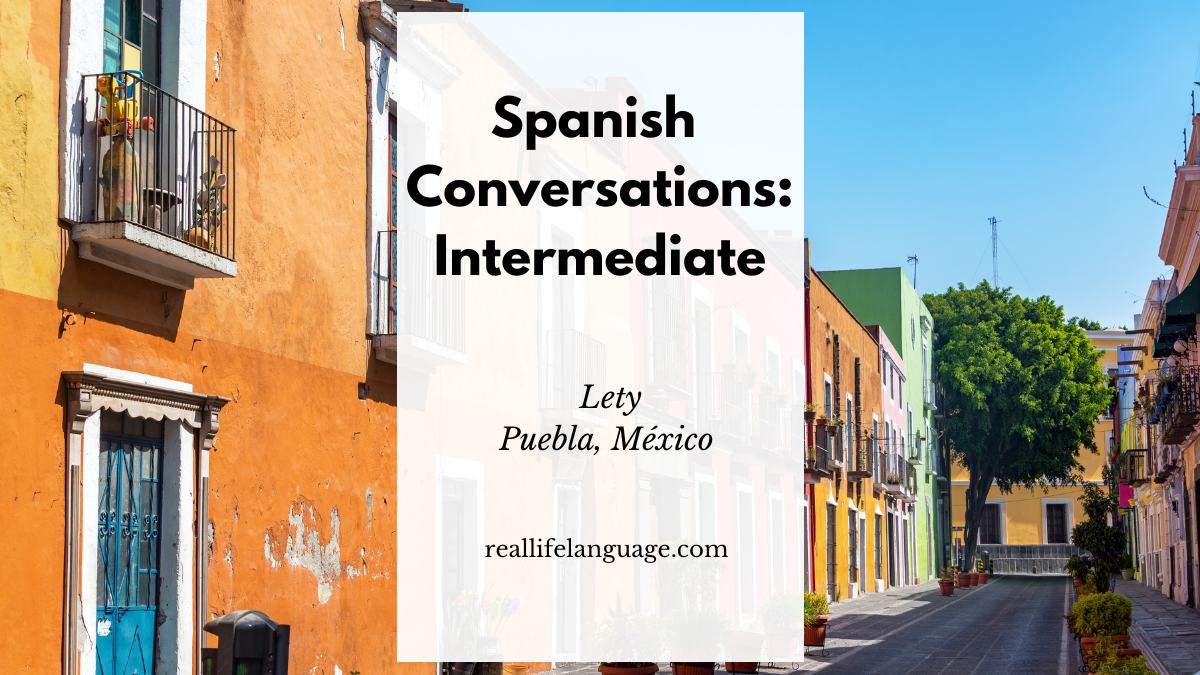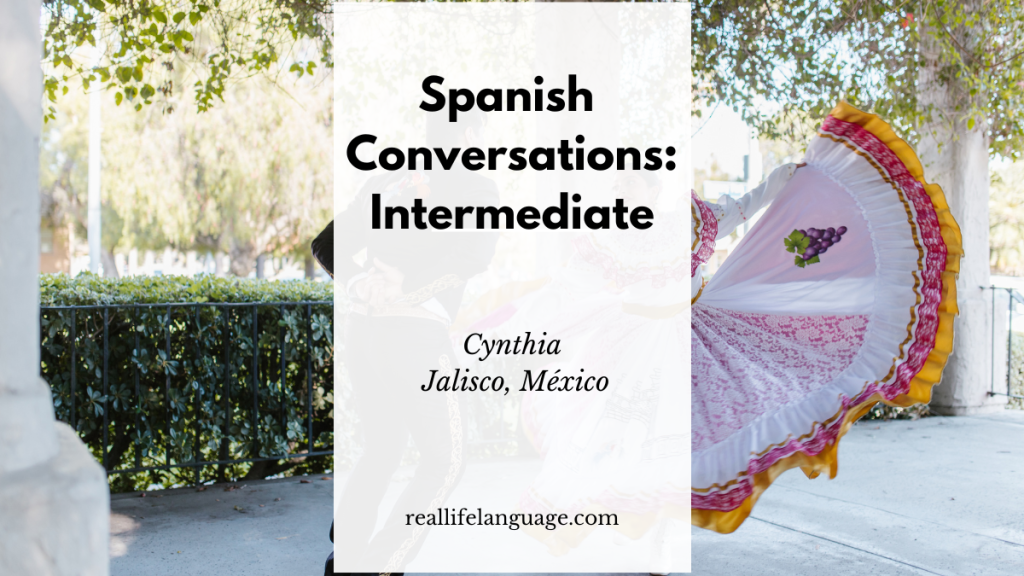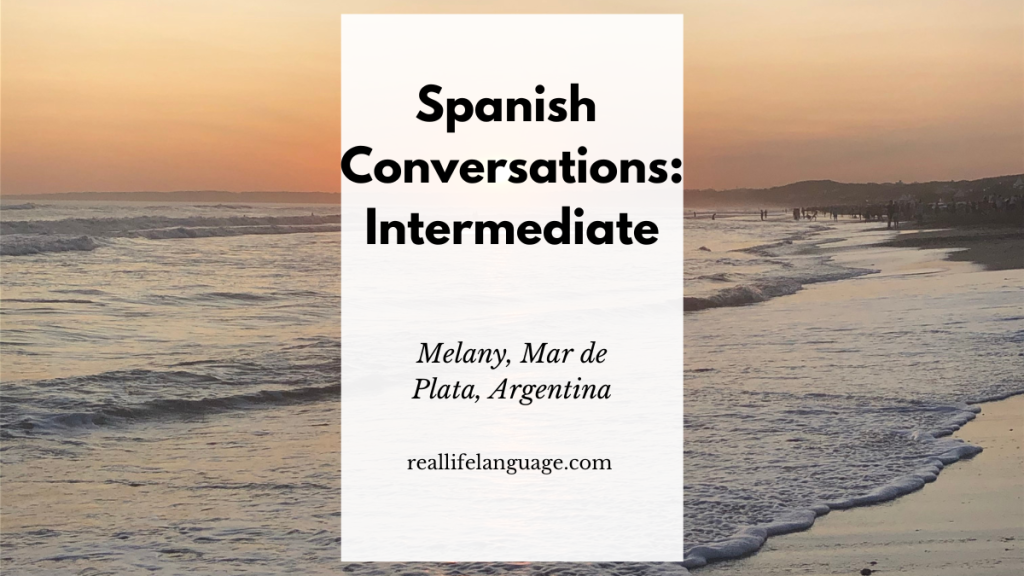
This article summarises an intermediate Spanish conversation featuring speakers from Mérida and Puebla, Mexico, and offers practical exercises and vocabulary to help learners learn Spanish through real-life topics: family trips, appearances, celebrations, culture, art, health and employment. The conversation is a rich source of everyday phrases and cultural references that learners can reuse in their own practice.
Outline
- Family trips and travel vocabulary
- Describing appearance and personality
- Parties and cultural traditions
- Art, health and leisure topics
- Practical study tips to learn Spanish using this conversation
Family Trips: telling a memorable day
The speaker recounts an unforgettable family trip to Tequesquitengo, Morelos. This segment is ideal for practising past-tense narration and travel vocabulary. Useful phrases include:
- un día inolvidable — an unforgettable day
- alquilar una casa — to rent a house
- llegar temprano — to arrive early
- la laguna — the lagoon
- la piscina — the pool
Sample sentence for practice (past tense): Llegaron temprano y reservaron una casa cerca de la laguna. (They arrived early and booked a house near the lagoon.)
Appearance and personality: adjectives and diminutives
The speaker uses familiar Mexican expressions when describing people. These are useful for learners to sound natural and polite:
- chaparrita — short (affectionate)
- gordita — chubby (diminutive; less offensive than direct words for “fat”)
- pelo castaño — brown hair
- ojos cafés — brown eyes
Practice sentence (description): Es chaparrita, tiene el pelo castaño y ojos cafés. (She is short, has brown hair and brown eyes.)
Parties and cultural traditions
The conversation explores Mexican celebrations: birthdays, weddings and Christmas gatherings. Key cultural terms and phrases:
- Las Mañanitas — traditional birthday song
- piñata — piñata (popular at children’s parties, sometimes adults too)
- recalentado — the reheated leftovers eaten after a holiday (often after Christmas)
- ofrenda — altar offering for Día de los Muertos
Sample dialogue line to practise: En las fiestas siempre hay pastel y se canta Las Mañanitas. (At parties there is always cake and Las Mañanitas is sung.)
Art, health and leisure: talking about society
The speakers discuss Mexican art history (muralism, Frida Kahlo, Diego Rivera), the Day of the Dead, and public-health topics such as obesity and changing leisure habits. Useful vocabulary:
- muralismo — muralism
- Día de los Muertos — Day of the Dead
- obesidad — obesity
- actividades al aire libre — outdoor activities
Practice prompt: Describe an artwork or cultural event using Me gusta or Me interesa: Me interesa el muralismo porque muestra la historia del país. (I’m interested in muralism because it shows the country’s history.)
Practical tips to learn Spanish with this conversation
The conversation is an excellent resource for intermediate learners. Practical ways to use it:
- Shadow the speaker sentence-by-sentence: repeat aloud after short pauses.
- Write short summaries of each segment in Spanish to practise past tenses and connectors (y, pero, porque).
- Extract vocabulary lists (family, travel, celebrations) and make flashcards.
- Record role-plays swapping the narrator role to practise personal descriptions and travel stories.
- Focus on cultural terms (e.g., La Mañanitas, piñata, Día de los Muertos) to build cultural competence while you learn Spanish.
For pronunciation practice, repeat challenging words slowly, then faster, and pay attention to diminutives like -ita and colloquial terms such as chaparrita and gordita.
Conclusion
This conversation offers everyday language and cultural content that intermediate learners can use to improve fluency. By shadowing, summarising, and role-playing the scenes described, learners will build vocabulary, strengthen grammar, and gain confidence in real-life topics. Use the sample phrases above and return to the audio to continue to learn Spanish through authentic speech and cultural context.
100s of videos to learn Spanish:
https://real-life-language.kit.com/b1531a6404
How to learn Spanish with real conversational practice: intermediate examples from Barcelona

